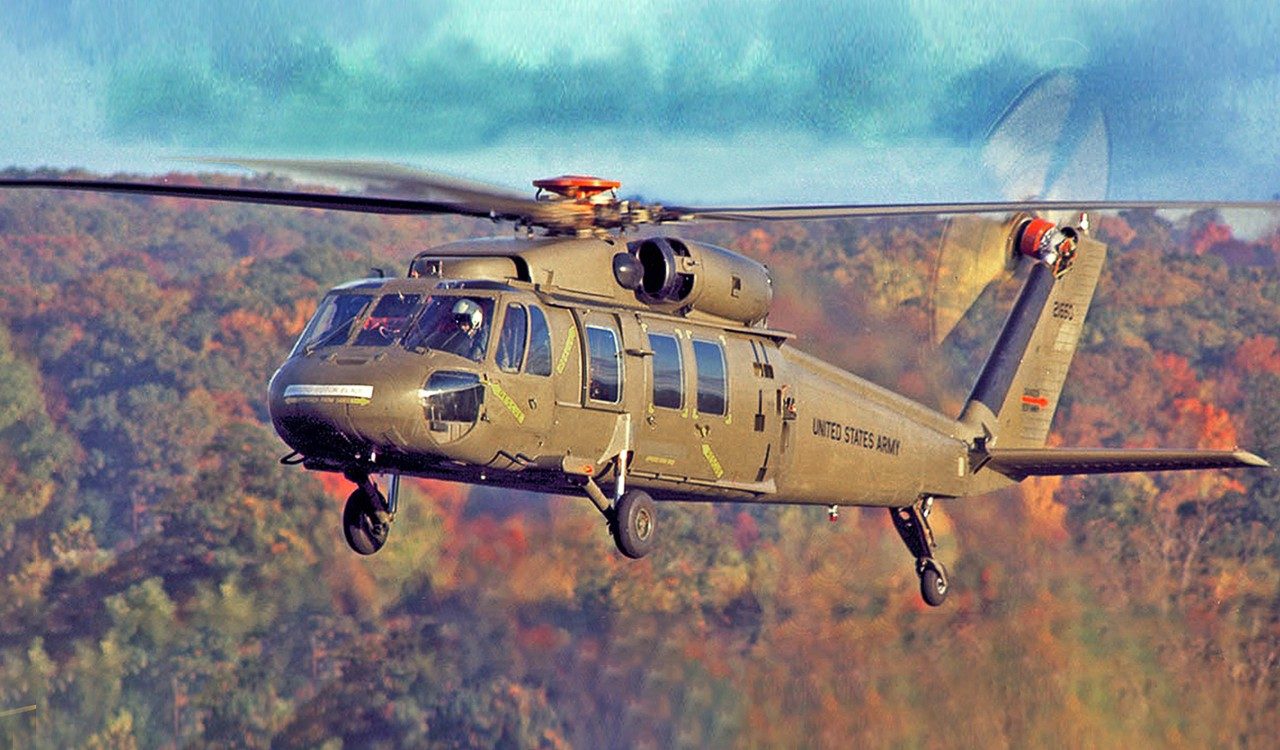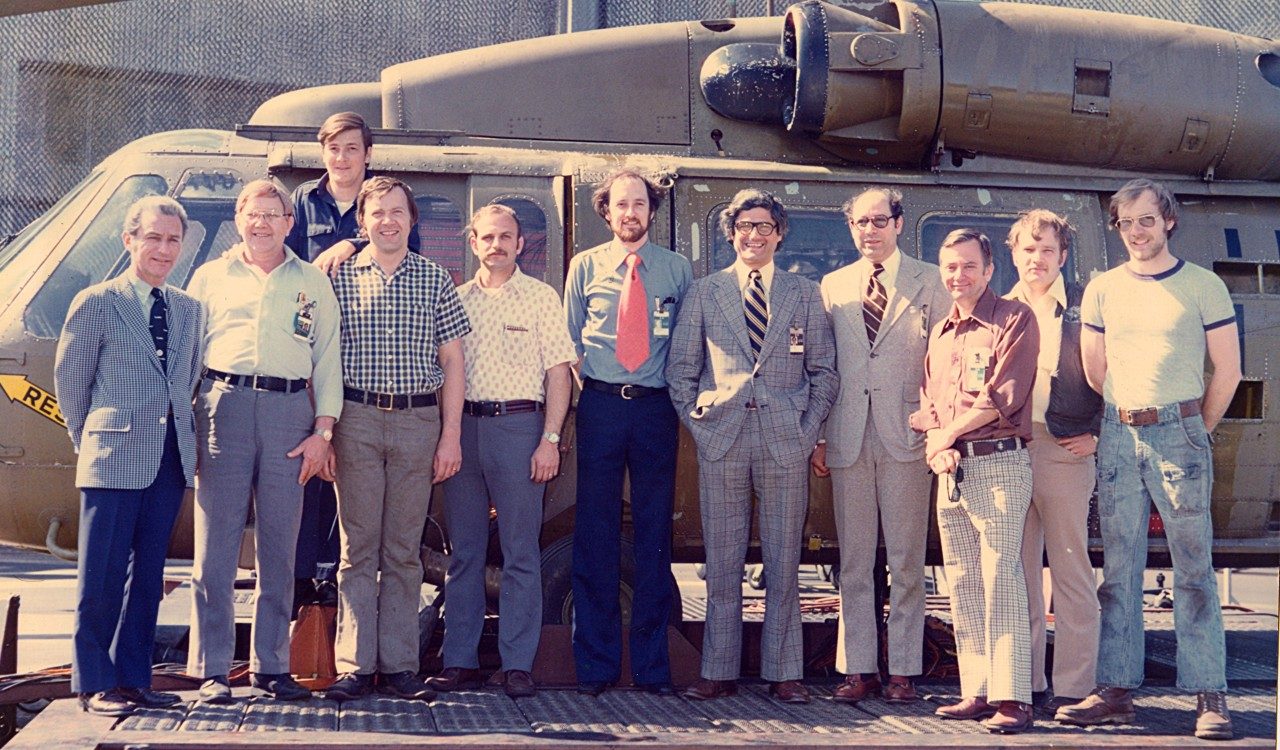50 Years In, the Black Hawk is Just Getting Started
By Rich Benton
Vice President and General Manager, Sikorsky, A Lockheed Martin Company
Fifty years ago this month, on a crisp autumn day in Stratford, two Sikorsky test pilots climbed into the cockpit of a new prototype utility helicopter and lifted off for the first time.
It was the first flight of the S-70, a new helicopter designed to fly higher and faster than previous models, to perform better in hot climates, and to take a punch in combat and still make it home safely.
That helicopter was born out of hard-learned lessons from Vietnam, but also with an eye to the Army’s future mission needs. Those early Army aviators set a high bar for their new workhorse helicopter. It had to be tough, versatile, easy to transport and to maintain, powerful enough to fly in extreme conditions, and ready for just about anything a mission would throw at it.

Thanks to our expert Connecticut workforce and the support of the Connecticut community, that early prototype would win Sikorsky the Army’s competition for a new do-it-all utility helicopter. The Army christened the new helo the YUH-60 Black Hawk.
We at Sikorsky owe the state of Connecticut a debt of gratitude for its longstanding support and partnership. You’ve been with us from day one. This community helped us win that initial contract and helped turn Sikorsky into a global leader in helicopter innovation. The dedicated employees at Sikorsky’s Bridgeport, Shelton, Stratford, and Trumbull plants offer our thanks.
Since that initial flight, and with the support of this community, Sikorsky has produced over 5,000 Hawk variants for the Army, Air Force, Navy, Coast Guard, and 36 countries worldwide. Black Hawks have flown 15 million flight hours including 5 million in combat. The helicopters have saved thousands of lives, from combat medevac to domestic search and rescue.
And we’re just getting started.
Today’s Black Hawk has never stopped improving to meet the ever-changing needs of the military and is light years ahead of that initial prototype. And tomorrow’s Black Hawk will be even better.
We’re adding a new engine that’s 50 percent more powerful with better fuel efficiency, so the helicopter can carry more and fly farther on a single tank of gas. We’re digitizing the aircraft’s architecture, so it can be quickly and affordably upgraded with new radios, new sensors, and new avionics well into the future. And we’re adding squadrons of drones to updated airframes, giving the Black Hawk the ability to launch and command teams of reconnaissance drones to scan the battlefield and send critical intelligence back to ground commanders.
We’ve even flown a fully-autonomous version of the Black Hawk, one that literally flies itself. This autonomous aircraft acts just like a human pilot, doing pre-flight checks, scanning the environment with a suite of powerful sensors, and flying around obstacles to complete the mission safely.
All of those innovations are keeping the Black Hawk ready for tomorrow’s mission demands. Because as impressive as this helicopter’s first 50 years have been, the next 50 will be even better.





